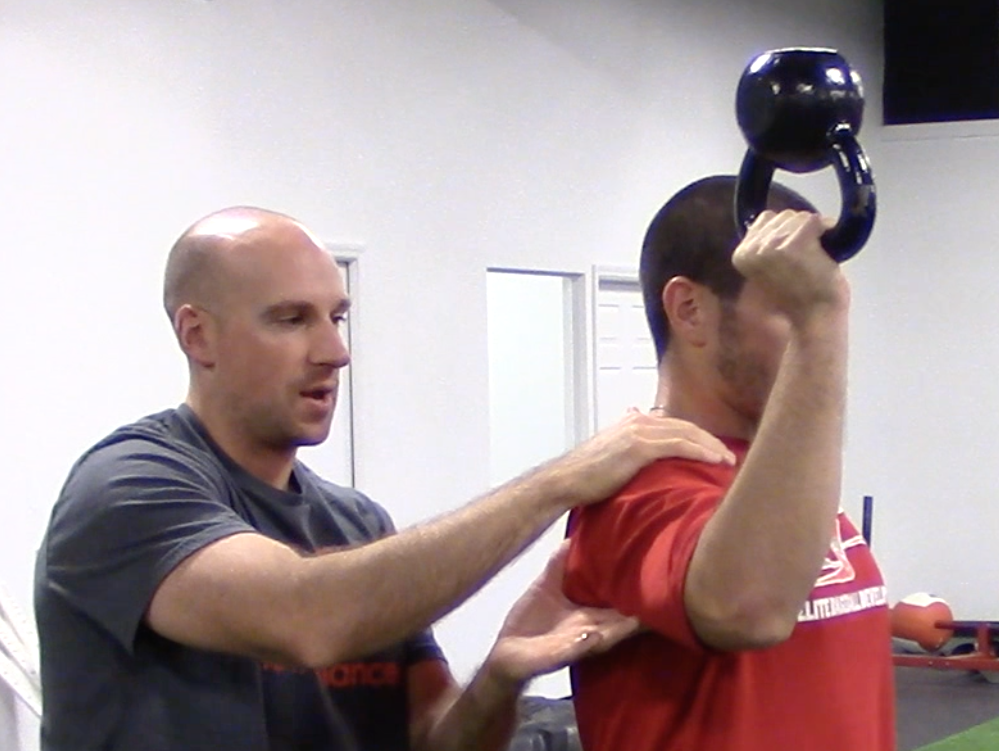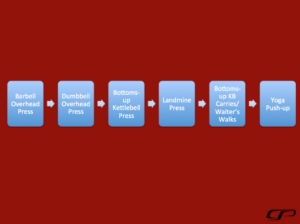
Should We Really Contraindicate ALL Overhead Lifting?
At a seminar a while back, a college pitching coach said to me, “Well, I know that you don’t like overhead lifting for pitchers, so what do you do instead?”
It’s something that’s falsely been attributed to me in the past, so let me go on the record by saying that I don’t think all overhead lifting is created equal. Rather, I think there is a continuum we have to appreciate as we select exercises for our clients and athletes.
At the most aggressive end of the spectrum, we have overhead pressing with a barbell or dumbbells. They allow a lifter to take on the most load, and in the case of the barbell, they have the least freedom of movement (especially if we’re talking about a Smith machine press). Moreover, they generally lead to the most significant compensatory movement, particularly at the lower back. I don’t love these for baseball players, but don’t have any problems with using them in healthy lifters from other walks of life.
However, in these more at-risk populations, we have some options as more shoulder friendly exercises that can deliver a great training effect. The bottoms-up kettlebell military press delivers a slightly different training effect more safely because more of the work is devoted to joint stability. And, I’ve found that the bottoms-up set-up helps the lifter to engage serratus anterior more to get the scapula “around” the rib cage.
Landmine presses are another good alternative, as I see them as a hybrid of horizontal and vertical pressing. The torso angle and “lean” into the bar help to optimize scapular upward rotation with less competing directly against gravity.
Bottoms-up carries and waiter’s walks are also good options for driving overhead patterning without beating up on the joint. We use them all the time.
Regressing even further, something like a yoga push-up is technically an overhead lift because of the finish position.
So, the take-home message is that I’m not against overhead lifting; in fact, we do it all the time on a number of fronts. Moreover, these examples don’t even take into account things like TRX Ys, pull-ups, and overhead medicine ball throw/stomp variations – all of which we incorporate on a daily basis with our athletes and general population clients. Not all overhead work is created equal!
To learn more about how I assess, coach, and program at the shoulder, be sure to check out my popular resource, Sturdy Shoulder Solutions.




